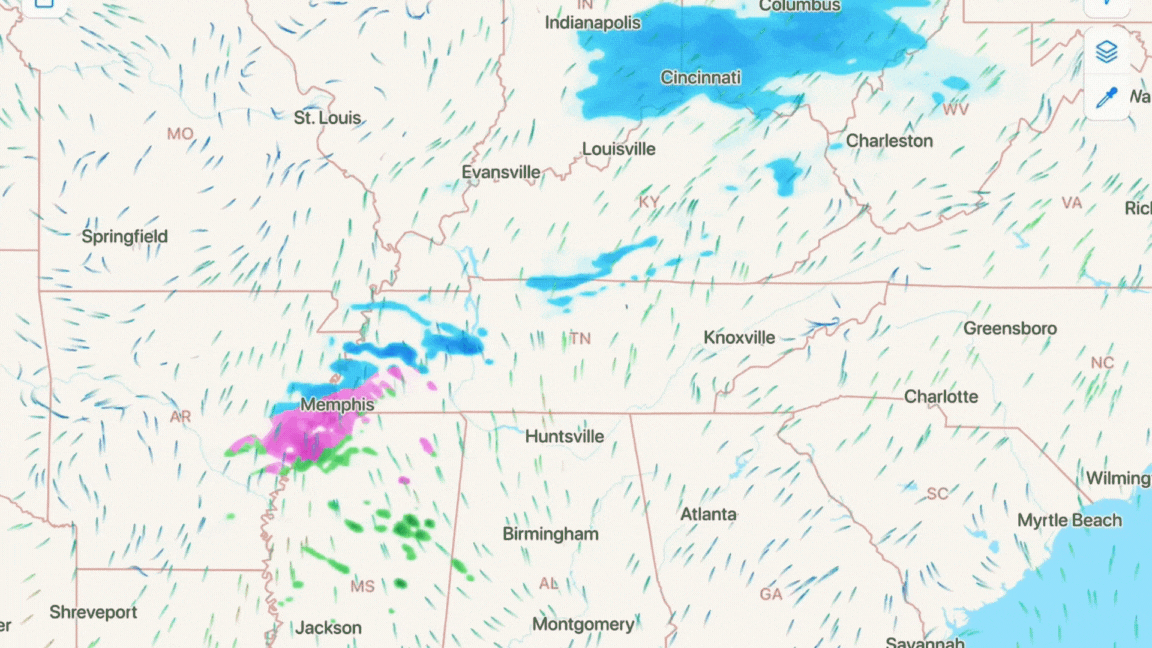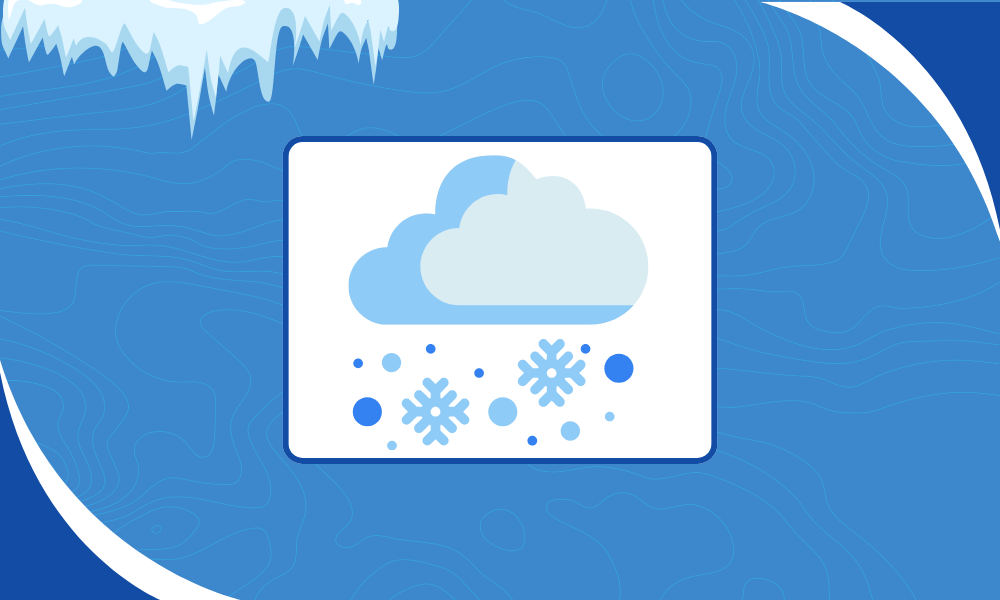Winter weather always finds a way to surprise people, which is precisely why winter weather data matters so much this time of year. Operations teams say the same thing every winter. The models look solid, the setup seems clear, then the real world shifts. A degree or two changes the entire outcome. A band strengthens. A wind field tightens. Even when the forecast is technically correct, the way it plays out on the ground can feel completely different. That is what pushes us to help customers work with winter weather data in a way that actually supports decisions. The data is there, but the clarity is often missing.
At Wet Dog Weather, we believe winter weather data should help people act faster, not dig through endless products trying to figure out what is real. Winter storms move quickly, and the people responsible for aviation, utilities, transportation, and emergency operations need visuals that keep pace with events outside. Winter is not forgiving if you are late.
Why Winter Weather Still Catches Teams Off Guard
Winter systems can shift character fast. A single degree difference at the surface can turn light snow into a messy icing situation. A narrow zone of lift can produce a surprise band of heavy snow. Fast-moving clippers can drop visibility to almost nothing for an hour before clearing again. Even as the models improve, these details continue to challenge teams on the ground.
That is one reason winter weather data often becomes overwhelming. The information exists, but is spread across too many formats. Teams end up bouncing between radar, model fields, surface observations, and alerts, trying to piece together a picture that should be easier to see.
A Better Way To Use Winter Weather Data In Real Time
Our customers want one thing above all else during winter. They want clarity they can trust. This is where we spend most of our time building and refining tools.
Boxer handles the tough work behind the scenes by pulling in a wide range of winter-focused models and radar products. Terrier gives teams a simple, clean way to view those details without fighting cluttered interfaces. Labrador helps customers bring winter weather data directly into their systems without managing complex data pipelines. And Greyhound supports people who want to move fast and build internal dashboards without having to start from scratch.
All four tools serve different purposes, but they share the same goal. Winter weather is complicated, but understanding it should not be.
Key Hazards We Are Watching This Season
Every winter is a little different, but we are already seeing a few patterns that matter to operations.

1. Early-season icing setups
Icing is one of the most stubborn winter problems. Temperature profiles can look straightforward until one warm layer aloft shifts just enough to create freezing rain. Winter weather data helps teams anticipate these fragile environments, especially where mixed precipitation may begin earlier than expected.
2. Fast-moving clippers
These quick systems can rapidly reduce visibility and create timing challenges for airports and road crews. They tend to be narrow and hard to track, so teams benefit from real-time radar and updated model fields side by side.
3. Snow to sleet transitions
The transition zone is where confusion usually happens. When snow mixes with sleet or freezing rain, teams need more than a generic forecast. They need winter weather data that clearly shows where the line sits and how fast it is moving.
4. High wind events tied to cold fronts
Strong winds can shift snow bands, complicate aviation schedules, and produce scattered outages. Seeing wind fields clearly helps teams prepare early.
Turning Winter Weather Data Into Decisions
The biggest challenge we hear every year is that winter makes everything feel rushed. Weather changes, alerts pop up, models disagree, and teams are left trying to catch up. Winter weather data should cut through all of that. It should help people see the structure of a storm, understand the risks, and make a plan without second-guessing every product they look at.
A better winter workflow is not about adding more layers or more models. It is about giving teams a faster, clearer way to interpret the details that matter. The decisions you make in winter do not need more noise. They need a better signal.
If your team is gearing up for the season and you want a clearer way to view and work with winter weather data, we would love to help. Whether you are integrating your own sources or working off official guidance, we can help you turn complex winter setups into apps or dashboards that support the people doing the real work.

